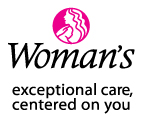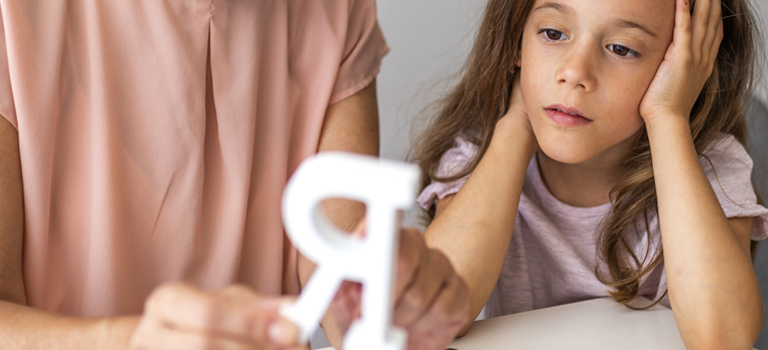Speech-language pathologists around the world are struggling with how to best provide services in the midst of a global pandemic. We’re challenged with teaching children to communicate effectively while keeping safety in the forefront.
During the initial phase of the pandemic, many therapists relied on tele-therapy. Therapists sent patients home with activities and worksheets, and parents became much more involved in their children’s therapy. While many patients benefitted (and continue to benefit) from tele-therapy, young, active children often become bored.
Changes to Create a Comfortable Environment
Once patients began returning to our clinic, we had to learn how to perform speech therapy in a COVID-19-safe environment. As therapists, it’s our job to be very hands-on. We frequently touch faces and mouths, and encourage our young clients to explore their surroundings through play. Creating an environment that allowed children and their parents to feel comfortable and safe has been a learning curve.
For many of our patients, therapy is the first place they’ve been in several months. It took a few sessions for them to feel comfortable interacting with us again. Face masks were initially difficult because they did not allow our patients to see our mouths clearly, but once we moved to clear masks things got a lot easier. Our patients can now see us smile and our facial expressions clearly, which is important to the development of language skills, articulation skills and interaction.
Due to COVID-19 risk, we’ve made some changes in the tools that are used in therapy. We’re famous for our bubble-blowing skills, but with the risk for droplet transmission, bubbles aren’t allowed anymore. However, we rallied and are using bubble machines, much to the delight of our patients. Toys that are more difficult to clean are now shelved and are being replaced by toys that are easier to disinfect. Additionally, patients have become accustomed to having their hands washed at the beginning of therapy and afterwards. We take infection control measures seriously.
Everyone has made adjustments, and we’re thrilled that our patients can continue receiving the care they need in the safest ways possible.




